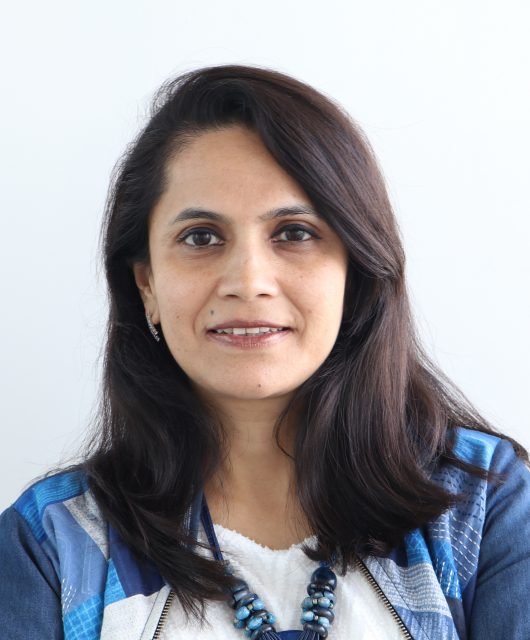How Many Subscriptions Are Too Many?, By Initiative MENA’s Ali Berjawi
‘To stream or not to stream’ is not the question here, but rather: how many streaming platforms do we need in our lives? Content streaming over the internet isn’t a new phenomenon in our lives, what started as watching few videos on YouTube – over a decade ago – evolved to endless choices of platforms offering a variety of user generated content (UGC), brand generated content (BGC) and publisher content (PGC). UGC witnessed a boost in its popularity with the rise of TikTok – a platform that invited users to create short videos which were later filtered by TikTok’s algorithm to create trends and challenges. This platform also boosted BGC by enabling advertisers to ‘ride on the wave’ of trending hashtags, create challenges, and partner with creators for advertising purposes. The success of TikTok drove the short-video craze across Meta and YouTube as well, to capture this new ‘appetite’ to binge watch.

The hottest topic within content now is PGC with the flourishing of platforms offering content which is professionally produced and distributed amongst audiences, networks, and platforms. Focusing on the MENA region, publisher generated content was dominated by traditional TV stations that relied on their power driven by substantial investment budgets, solid advertisers demand, producers’ deals, and attentive audiences.
This enabled them to set their preferences in terms of publicly accessible content. MBC Group was at the forefront of providing ‘free to air’ premium content via their TV stations, yet recently shifting its priority to its premium subscription-based platform Shahid VIP, that is now regarded as the main source of audience and revenue growth in the upcoming years (Source: Arab News). Shahid started in the region as the ‘Netflix of Arabic Content’ and adopts a similar interface and UX experience that boosted its popularity across Arabic speakers who continue to enjoy ‘Original’ productions and premium programming that are accessible via the Shahid VIP subscription.
There has been several attempts from Regional players to enter the streaming arena, examples include WatchIt – dominating in Egyptian market, OSN+, Strazplay, Weyyak, and Cinemoz among others. The attractiveness of the MENA region also attracted the attention of Bollywood based content – catering to the South Asian community of the GCC. The recent battle however has been from international players, who are aggressively entering the market aiming at gaining market share from the historically dominating YouTube and Netflix. The last few months witnessed the market premiering of Disney+ and Prime Video – two platforms that are already challenging Netflix for the thrown across major global markets.
Going back to my initial question: how many streaming platforms do we need in our lives? This also implies to further questioning of the spare time people are willing to spend on streaming platforms and the effects that this has on younger viewers who – unlike our older generation – have unlimited access to these platforms, anywhere, anytime. Audiences are bombarded with continuous offers for trials and annual subscriptions which is slowly driving a cluttered environment, an environment which will soon witness a further boost of subscribers with the introduction of cheaper subscriptions entry points that support ads.
This influx of additional viewers will be mostly from audiences who are not subscribed to any streaming services rather than existing subscribers who might opt into downgrading. Recent research by Fandom revealed that only 17% of subscribers are willing to pay less and watch ads (Source: Fandom). Another hot topic in the industry is sharing subscriptions which Netflix sited for its recent drop in subscribers and revenue. In MENA, 36% of audiences think that streaming services shouldn’t care about sharing subscriptions (Source: YouGov), while this poses a real threat for growth in the region.
In conclusion, streaming has provided the freedom of watching anything, anywhere and anytime – without the constraints of set grids and peak times – this has revolutionized the way we consume and engage with content irrespective of the number of subscriptions one has. What will the future behold? Definitely a more diverse universe of streaming options, catering to all tastes and perhaps changing venues from the real world to the metaverse. So, is TV dead? Quoting the words of MBC’s Ali Jaber: ‘TV is not dead, streaming is the new TV’ (Source: Dubaipost). Happy streaming!




